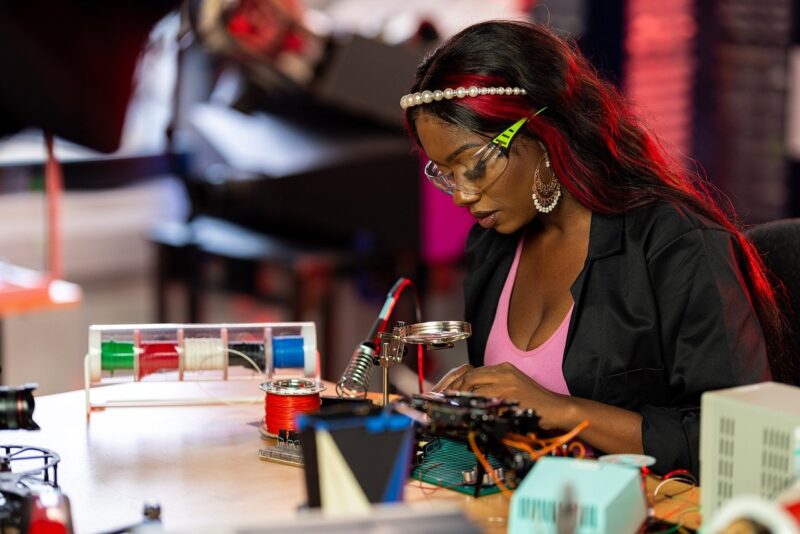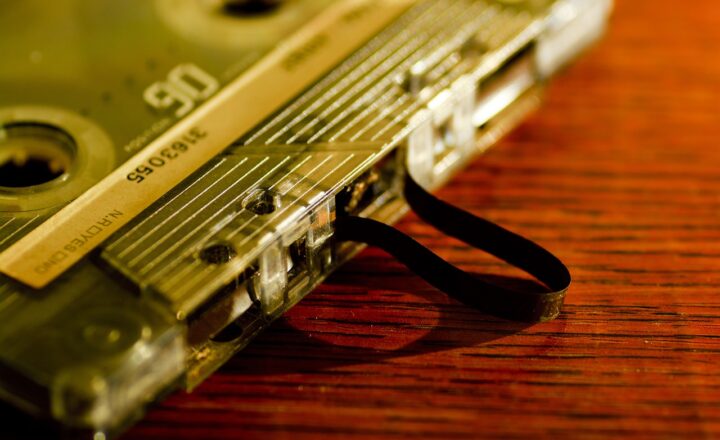Why People Collect Defunct Technology: From Pagers to Rotary Phones
November 14, 2024

Collecting defunct technology, once considered obsolete, has turned into a fascinating hobby for many individuals around the world. From the once-ubiquitous pager to the classic rotary phone, these items represent more than just tools of communication; they encapsulate cultural shifts, technological advancements, and personal memories. In this article, we will delve into the reasons behind this intriguing trend, exploring the allure of nostalgic items, the community aspect of collecting, and what the future holds for collectors of vintage technology.
1. Nostalgia: A Powerful Emotion
Nostalgia plays a significant role in why people collect defunct technology. For many collectors, these gadgets evoke memories of their past, bringing back feelings associated with simpler times. Here are some factors that enhance this emotional connection:
- Personal Memories: Each item tells a story; for instance, a pager might remind someone of their teenage years filled with social interactions, while a cassette player could bring back memories of listening to mixtapes during road trips.
- Cultural Significance: Items like rotary phones are more than just relics; they represent a specific point in history with unique designs and functionalities. They allow collectors to reflect on how communication has evolved over time.
- Connection to Family: Many collectors inherit these items from family members, providing a tangible link to their ancestry. This connection helps keep family histories alive and fosters a sense of belonging.
Collecting technology can thus act as a form of preservation, maintaining historical narratives and familial legacies.
2. The Community of Collecting
The rise of online communities has significantly contributed to the popularity of collecting defunct technology. Social media platforms and specialized forums allow enthusiasts to connect, share their passions, and trade items. Here are some dimensions of this community:
- Shared Passion: Collectors often find a large community of individuals who share the same interests. Whether through virtual groups or local meetups, they find joy in discussing their collections, sharing restoration tips, and showcasing their finds.
- Trading and Selling: Platforms like eBay, Etsy, and specialized technology marketplaces have created vibrant ecosystems for buying, selling, and trading vintage gadgets. This exchange fuels enthusiasm as collectors often look for that next elusive piece to complete their collections.
- Exhibitions and Events: Trade shows and conventions centered around technology and collectibles attract large crowds. These events provide a space to meet fellow collectors, learn from experts, and expand one’s collection in person.
Participating in such communities not only enhances the experience of collecting but also fosters friendship and connection among like-minded individuals.
3. The Satisfaction of Restoration and Preservation
For many collectors, restoring defunct technology is as rewarding as the actual collecting. The challenge of refurbishing old gadgets can be both satisfying and therapeutic. Here’s why people enjoy this aspect:
- Skill Development: Restoring gadgets often requires various skills, including electronics, woodworking, and design. Collectors might learn how to repair circuit boards, clean intricate mechanisms, or even redesign parts using modern technology like 3D printing.
- Creative Expression: Restoration is not just about functionality; it’s also an art form. Collectors often personalize their pieces, making them unique and reflective of their individual tastes. For instance, upgrading an old cassette player with modern speakers while preserving its vintage look can be a deeply satisfying project.
- Historical Preservation: By restoring and maintaining these technologies, collectors contribute to preserving the history of innovation. Each successfully restored gadget represents knowledge, skills, and stories from the past, ready to be shared with future generations.
Restoration work can transform an obsolete item into a cherished part of a collection, helping keep history alive and accessible.
4. Investment Potential: Collectibles as Assets
While many collectors engage with vintage technology purely for personal reasons, others view such items as investments that could appreciate over time. Here are key considerations around the investment aspect of collecting defunct technology:
- Market Trends: Some gadgets have become collector’s items, often gaining value as time passes. For instance, original iPhones and iconic video game consoles like the Nintendo NES fetch high prices in auctions – often much more than their original retail prices.
- Condition and Rarity: The condition of an item greatly influences its value. A fully functional pager in its original packaging, for example, can be significantly more valuable than one in poor shape. Similarly, rare items are often sought after by collectors willing to pay top dollar for them.
- Timing and Knowledge: Success in collecting as an investment hinges on understanding market trends and what to look out for. Collectors often have to be astute about the technology’s background and any upcoming trends that might influence demand for their collections in the future.
For some, this financial aspect adds another layer of excitement to the hobby, reinforcing their commitment to assemble a curated collection over time.
5. Conclusion: An Ever-Evolving Hobby
Collecting defunct technology represents a rich tapestry of nostalgia, community, creativity, and potential investment. Whether driven by emotional connections to the past, fascination with technological evolution, or the challenge of restoration, collectors play an essential role in preserving pieces of history that might otherwise fade into obscurity.
As we progress further into the digital age, technologies continue to evolve rapidly, leaving behind items that once played significant roles in everyday lives. This turnover ensures that the collectibility of defunct technology will likely persist, making it a timeless hobby. For those who appreciate a blend of history and innovation, collecting this type of technology offers insights into how we communicate and interact with the world, contributing to an ongoing dialogue between the past and the future.








